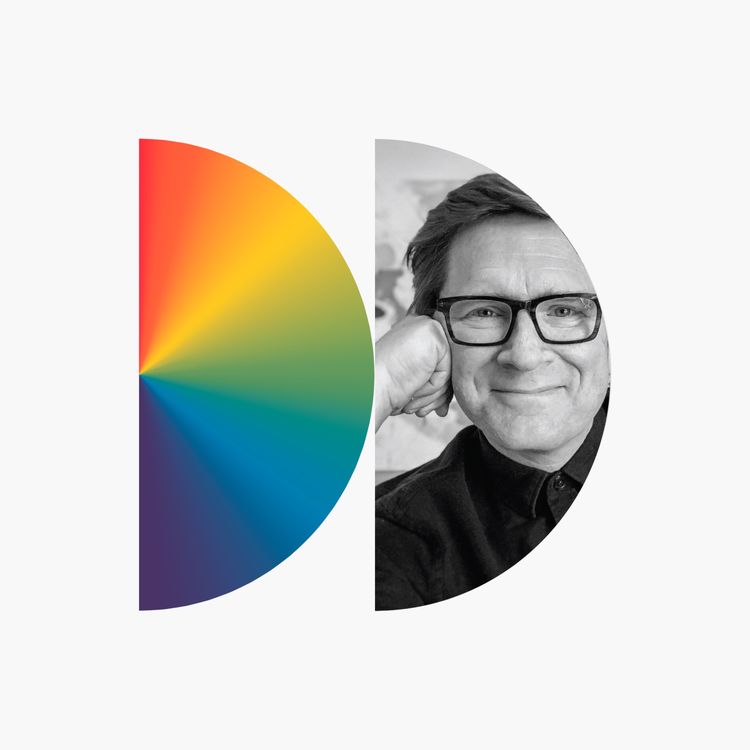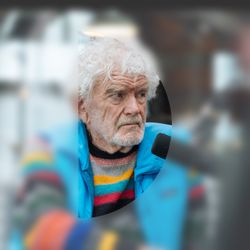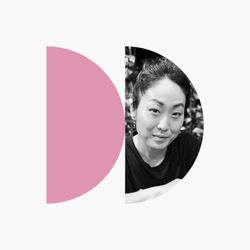Share

PRISM
Office Hours: How to Overcome Creative Block
Ep. 13
•
How do designers and artists overcome creative block? In the second episode of office hours, Dan discusses tips for finding inspiration when you’re in a creative rut, embracing failure as part of the process, and thinking abstractly to find unique solutions.
More episodes
View all episodes

Building a Culture, Breaking the Rules, and Believing in People with Hartmut Esslinger
02:00:39|A conversation between Dan Harden and Hartmut Esslinger on how culture, emotion, and rebellion shape meaningful design.
16. Sustainable Practices in Product Design: A Conversation with Courtney Der and Mike Elam
45:37||Ep. 16How do designers navigate the evolving landscape of sustainability and circularity in product design? Join Courtney Der and Mike Elam as they explore how legislation, material selection, and implementation challenges are shaping the future of the tech industry.
15. Reflecting on 25 Years of Whipsaw
48:57||Ep. 15Join Dan Harden and Anne Van Itallie, as they reflect on 25 years of Whipsaw.
14. Elevate Your Portfolio: Strategies for Designers to Showcase Their Work with Anson Cheung and Cole Derby
52:38||Ep. 14What are agencies looking for when hiring industrial designers, and how should you tailor your portfolio to stand out? In this episode, Anson Cheung and Cole Derby share practical tips on navigating the competitive design landscape, and how to use storytelling to highlight your skills.
12. From Robots to Wellness, Highlights from CES 2024 with Anne Van Itallie and Dan Harden
33:48||Season 1, Ep. 12Humanoid robots, transparent TVs, and the latest in VR technologies. Fresh from their return from CES, Anne Van Itallie and Dan Harden take listeners on a deep dive of the latest trends in tech.
11. Emerging Trends in Residential Technology: A Conversation with Walker Harden and Cole Derby
25:19||Season 1, Ep. 11What is the future of residential and smart home technology, and what's emerging today? In this episode, Whipsaw's Director of Experience Design, Walker Harden, and Director of Industrial Design, Cole Derby, discuss the latest trends in smart home technology and related project experiences.
10. AI, Design, and the Meditative Mind with Branko Lukic
01:27:12||Season 1, Ep. 10A big question in the realm of design today is whether artificial intelligence is a friend or foe. Dan Harden and design visionary guest, Branko Lukic, explore the profound implications of AI for designers and the remarkable power of meditation in fostering a creative mindset.
9. Office Hours: What Will Be The Impact of Artificial Design Intelligence? Sustainability At The Ballot Box, and Favorite Design Projects
33:09||Season 1, Ep. 9Office Hours is a new segment on PRISM where Whipsaw CEO and Principal Designer, Dan Harden, answers questions submitted by our listeners about industrial design, business, technology, or current topics of discussion in the greater design community.Partake in a future Office Hours episode by submitting a question at whipsaw.com/prismofficehours.